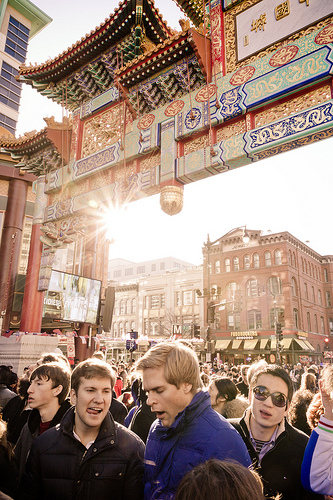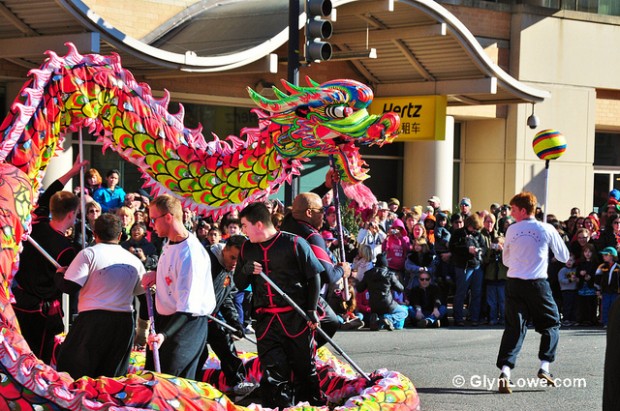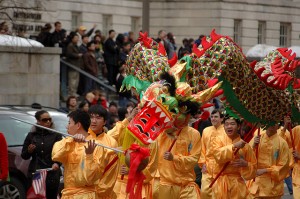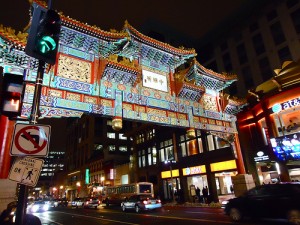Thousands attended D.C.’s Chinese New Year parade on Sunday to celebrate the start of the year of the dragon. Organizers aimed to hold a bigger event this year, despite downtown seeing its Chinese American population decline.
“We know there have been a lot of changes in our city in recent years,” Mayor Vincent Gray told the crowd, reports Chinese Radio International, “but what hasn’t changed and will hopefully not change is the presence of Chinatown as an important cultural center here in the District of Columbia.”
Check out these Flickr photos of the parade by local photographers Glyn Lowe, Victoria Pickering and Russell Brammer:
Victoria Pickering / Flickr permalink
The parade celebrated the start of the year of the dragon.








